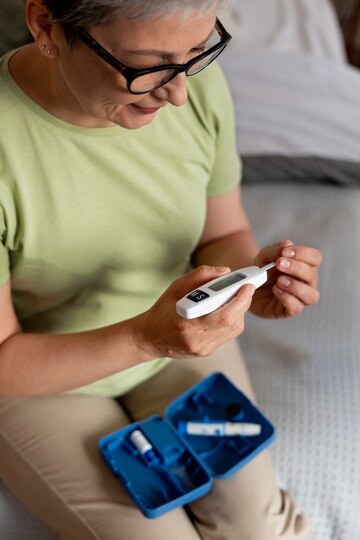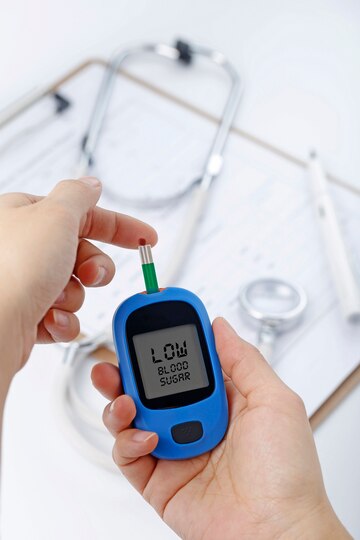Diabetes is a persistent, lasting illness that affects the way your body processes food and converts it into energy. When you eat, your body produces glucose (the type of sugar), which gets into your bloodstream. Insulin, a hormone made by the pancreas, is released when blood glucose levels go up to assist with transporting glucose into cells for energy production. Diabetes occurs when this process breaks down, resulting in increased levels of blood glucose, known as hyperglycemia.

TYPE 1 DIABETES
- Autoimmune Condition: Type one diabetes occurs when the immune system mistakenly attacks and destroys beta cells in the pancreas that produce insulin, causing no insulin production.
- Insulin Dependency: People who have type 1 diabetes need daily shots of insulin for them to live through. This can be done either through injections or using an insulin pump.
- Onset: Usually found among children, adolescents, or young adults, but occurs at any age.
TYPE 2 DIABETES
- Insulin Resistance: In this form of diabetes, body cells become resistant to insulin, or the pancreas produces insufficient insulin, leading to high blood sugar levels.
- Lifestyle Factors: Although linked with being overweight, sedentary lifestyle, poor diet, and genetics, this form of diabetes also occurs in non-overweight individuals.
- Management: Most cases are managed through lifestyle changes such as eating well and getting enough exercise, but some will need drugs or injectable insulin to control their blood sugar level.

SYMPTOMS
- Increased Thirst and Hunger: Excessive thirst (polydipsia) and increased hunger (polyphagia) are typical symptoms.
- Frequent Urination: High blood sugar levels cause the kidneys to work harder to filter and absorb the excess sugar, leading to increased urination (polyuria).
- Fatigue: When your cells are deprived of glucose, your body may become unusually tired.
- Blurred Vision: High blood sugar can affect the lenses in your eyes, leading to blurred vision.
- Slow-Healing Sores: Diabetes can impair blood circulation and the body’s ability to heal, making cuts and sores heal more slowly.
- Unexplained Weight Loss: In Type 1 diabetes, the body may start burning muscle and fat for energy due to lack of insulin, leading to weight loss.
MANAGING DIABETES
Effective diabetes management involves a combination of lifestyle changes, monitoring, and medical treatment:
Diet & Nutrition
Eating a balanced diet that controls blood sugar levels is crucial. This includes choosing whole grains, fruits, vegetables, lean proteins, and healthy fats while limiting sugars and refined carbs.
Physical Activity
Regular exercise helps your body use insulin more efficiently and lowers blood sugar levels. Aim for at least 150 minutes of moderate activity per week.
Blood Sugar Monitoring
Keeping track of your blood glucose levels helps you understand how food, activity, and medications affect your blood sugar.
Medications and Insulin
Depending on the type and severity of diabetes, you may need oral medications or insulin to control blood sugar levels.
PREVENTION & AWARNESS
For those at risk of Type 2 diabetes or prediabetes, prevention strategies can make a significant difference:
Healthy Eating
Adopting a nutritious diet low in fat and calories, with plenty of fiber, can help prevent diabetes.
Weight
Management
Maintaining a healthy weight reduces the risk of developing Type 2 diabetes.
Regular Exercise
Physical activity helps maintain a healthy weight and lowers blood glucose levels.
Avoiding
Tobacco
Smoking increases the risk of diabetes and its complications.
